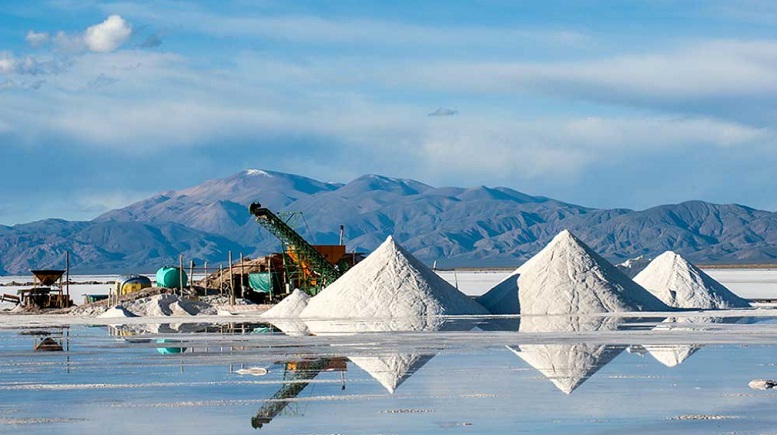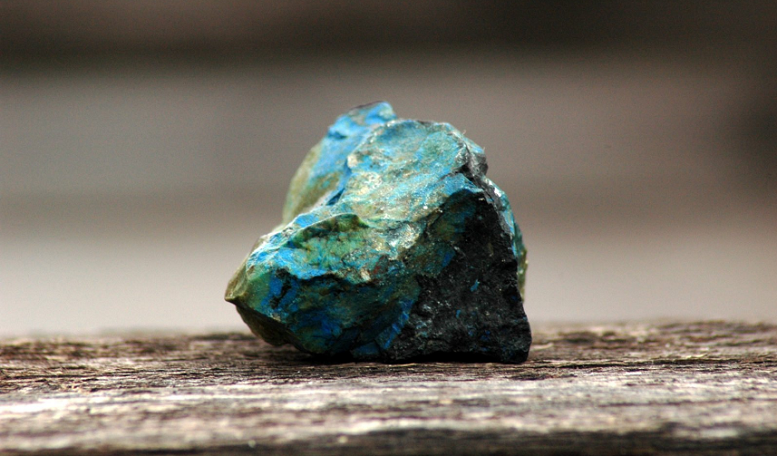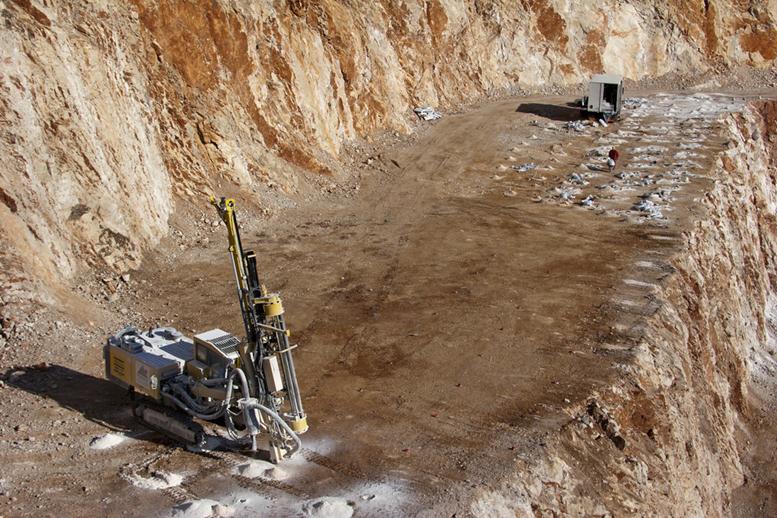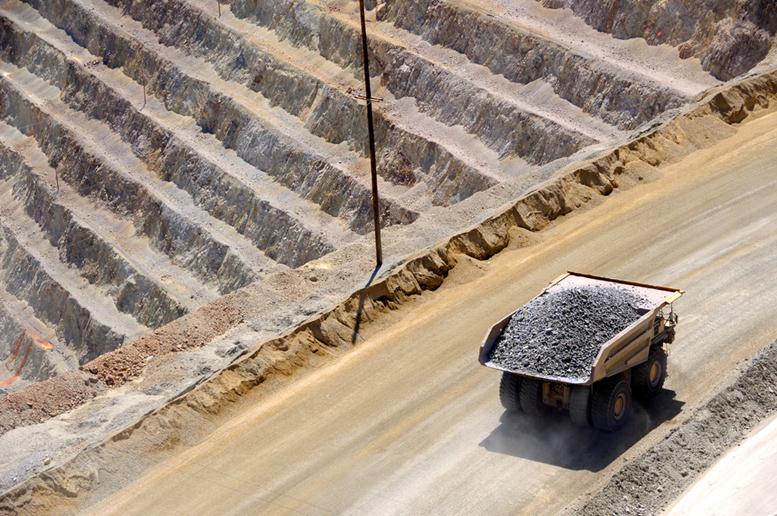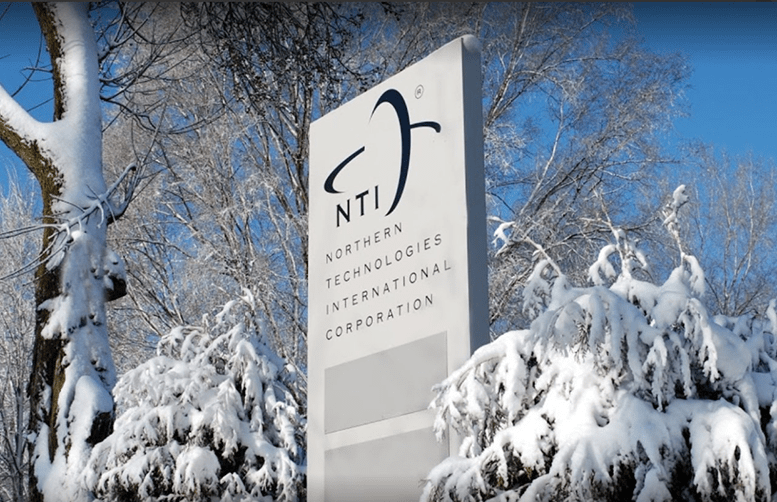As shortages of cobalt begin to show itself as a possibility in the face of rising demand, investors are scrambling to invest in cobalt by purchasing large amounts of the physical metal. As such, cobalt prices will rise greatly, possibly to it highest levels since the 2008 financial crisis. Already it has climbed around 50% since September 2016 to a whopping price of $19 per pound.
While cobalt had been used in industrial settings such as its application in superalloys, the sudden demand for the metal is largely due to its use as a key component in powering electric vehicles. Cobalt allows the lithium-ion batteries seen in rechargeable electronics such as laptops, cellphones, and electric cars to be more stable and increases capacity. By 2020, 75% of lithium-ion batteries will contain cobalt, according to eCobalt Solutions (TSE:$ECS), producer of battery grade cobalt salts. “Future demand for cobalt from the EV (electric vehicle) sector is looking tangible and is more positive than originally expected,” one commodity-focused fund manager observed, “China has some aggressive plans in terms of electric vehicles… It will be a major driver behind cobalt consumption growth.”
Over the last few years, demand for electric vehicles has risen as the world begins to shift its focus on the environment. This demand is particularly high in China, who had been struggling with high pollution levels and efforts to control its CO2 emissions. Consultants of CRU Group predicts that electric vehicle sales will hit 4.4 million in 2021, and more than 6 million by 2025.
Unlike gold or nickel, getting a pure equity exposure can be tricky for investors getting into investing in cobalt. This is because about 98% of the metal is produced as a byproduct of copper and nickel mining. “Cobalt isn’t going to massively impact share prices. The funds looked at LME (London Metal Exchange) cobalt contracts, but they aren’t liquid enough for the millions they want to invest,” a Europe-based cobalt trader explained, “so they are buying cobalt with the intention of sitting on it until prices rise, looking for $25 (a lb) or more.”
Pala Investments, a Swiss-based fund with a focus on the mining sector, and Shanghai Chaos Investment, one of China’s largest commodities funds, bought cobalt last year, according to industry sources; when asked how much cobalt was purchased, the source declined to specify. When contacted, Pala Investments declined to comment while Shanghai Chaos did not respond to calls.
Meanwhile, China’s State Reserves Bureau, an agency in charge of stockpiling the country’s supply of commodities from oil to rare earth minerals, bought 5,000 tonnes of cobalt metal in 2016, according to traders. It is expected that the Bureau will purchase more in 2017.
Since 2014, the US Defense Logistics Agency has been stockpiling lithium cobalt oxide and lithium nickel cobalt aluminum oxide.
Hoarding
After years of excessive supply and overcapacity, the cobalt market will go into a deficit this year. The problem is even more elevated by its unstable supply chain — more than half of the global cobalt lies in one of the world’s poorest and politically unstable countries, the Democratic Republic of Congo (DRC).
As such, traders are beginning to invest in cobalt by hoarding the metal: many of them had bought cobalt when prices were still at the low price of $10 per pound in December 2015. They are hoarding it as they wait for the prices to continue to rise.
Mining companies have taken an interest in cobalt too. Just recently, Swiss-based trading and mining company Glencore (LON:$GLEN) furthered secure its hold on Congo’s copper and cobalt resources by buying the remaining stake at one mine and upping the share to $960 million at another mine. If you are looking for a company to invest in cobalt stocks, Glencore could be a good option. It is supposedly said to have the potential to become the world’s largest cobalt producer.
Other copper and cobalt producers to check out for those interested in investing in cobalt are Canada’s Sherritt International (TSE:$S) and China Molybdenum (HKG:$3993). If you can get into private trading, look to privately owned Eurasian Resources Group.
Investors who are looking to invest in cobalt that comes from a politically stable country can look at small-cap Canadian company LiCo Energy Metals (CVE:$LIC), as they are exploring and searching for more possibilities to obtain materials used in lithium-ion batteries.
In 2016, the total global demand for cobalt was around 100,000 tonnes; half of it was used to power lithium-ion batteries found in electric vehicles, cell phones, laptops, digital cameras, and cordless drills. According to CRU senior consultant Edward Spencer, electric vehicles alone only took up about 6.5% of cobalt in 2016, but this is expected to increase to 16.9% in 2021. This can lift global demand for cobalt to around 130,000 tonnes.
This year, continued Spencer, a deficit of around 900 tonnes is to be expected. However, a larger deficit could occur if the mining and production growth of cobalt fail to keep up the pace of rising demand.
As for next year, in 2018, analysts at Macquarie Research expects a deficit of 885 tonnes and then soaring into a staggering 3,205 tonnes in 2019, and 5,340 tonnes in 2020. “Cobalt has limited new supply projects coming through. Meanwhile, refined output in key supply countries such as Australia, Russia, and Zambia are well down on levels seen a decade ago,” explained Macquarie analyst Colin Hamilton. “The global cobalt market is becoming ever more dependent on supply from the Democratic Republic of Congo, where geopolitical risk is again rising… with a transfer of presidential power due next year, a process which has not gone smoothly over history.”
Featured Image: twitter




